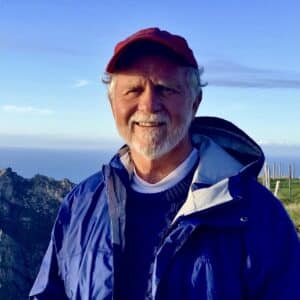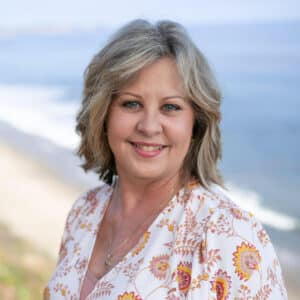 Extrinsic? Intrinsic?
Extrinsic? Intrinsic?
Twice in the last week I have been in conversations where these words have run through my mind, making sense of the moment. In one I was on a panel, responding to questions from a diverse audience about the meaning of one’s work, and the other was over the phone with a colleague from another city talking about the ways that we connect what we believe with the way that we live. In their different ways the words speak to the nature and direction of life, to the very ways that we understand life.
Is a seamless life possible? Is coherence a reality? Can we even speak of that kind of integrity, with honesty?
I still remember a long, hot drive through the American Southwest in the summer of 1973, making my way across America, from “the redwood forests” of California to the “New York island” of Manhattan, on my way to Europe. Mostly hitchhiking, sometimes finding a ride with a more friendly person, I had a book with me that I wanted to understand. Twice before I had opened it, and just couldn’t get through. But this time I persevered. It must have been around Monument Valley in the northeastern corner of Arizona when I came to the words “extrinsic” and “intrinsic,” pondering them again— and finally, I understood.
So many years later, looking back on that afternoon, I remember my response, “Now I see!” The book was The Relation of the Bible to Learning by Evan Runner, and while not a literary classic— rather it was a series of lectures made into a book, with minimal editing —there were insights in it that have shaped my thinking for my life. I cannot imagine a book with that title today; it simply isn’t catchy enough. But it served a generation of students, offered again and again in several printings, engaging folk like me in a different way of understanding the nature of faith, and the meaning of life and learning.
Rather than assuming an “extrinsic” relationship of one’s beliefs to one’s life, i.e. science is science, and history is history, and philosophy is philosophy, each discipline with its own insights, with one’s beliefs held independently, seeing the relation of the Bible to learning as “intrinsic” is to see that one’s beliefs about reality are woven into the very character of one’s study. One’s deepest convictions are threaded through, seamlessly, into the very fabric of one’s life, and one’s learning.
To put it another way. “I am studying biology, and I am also a Baptist, but my beliefs don’t affect the way that I think about biology.” “I am studying psychology, and I am also a Methodist, but my faith has little if anything to do with my study of psychology; psychology is psychology, after all.” Or try it this way, in the political realm. “I am a liberal Democrat, and I am also a Catholic, in that order.” “I am a conservative Republican, and a Presbyterian, in that order.”
Perhaps that seems too stark, but that is mostly the way it works for most people. Never maliciously, of course, but slowly we drift into a kind of compartmentalization, making an uneasy peace between what we believe and the way we think about the way we live. We may profess all kinds of convictions about God and the world, but the way we labor and learn in the world runs by another set of rules completely.

If this seems abstract, think for a moment about American political life right now, with presidential candidates vying for national leadership, one known for being a bully and a buffoon and one known for a tenuous relationship with the truth— but both who profess allegiance to Christian faith. In what sense does what they profess to believe affect their political vision and practice? Runner saw this as “extrinsic,” not “intrinsic”— it was a problem for him, and it should be a problem for us.
While it can never be true in this frail world— frail people that we are —that we have it all together with no dissonance, no tension between belief and behavior, it is also true that longing for coherence is a worthy goal. To be truly human is to be truly holy, and therefore truly whole. I often speak about learning to “see seamlessly,” by which I mean that we see where heaven and earth touch, where what matters most in life and the world is what in truth does matter most in our lives in the world, where the truest truths of the universe shape what we see. In the language of Alexander Schmemann and Simone Weil it is to see sacramentally, where everything is holy, every square inch of the whole of reality.
And if we do, we begin to understand that it is never enough for someone to profess faith, as if words alone matter; but instead it must be that what we believe about identity, and sexuality, and psychology, and sociology, and politics, and economics, and history, and medicine, and philosophy, and mathematics, and biology, and physics, and literature, and the arts— and on and on and on —is integrally connected to what we believe about God, the human condition, and the universe.
Extrinsic only goes so far, necessarily stopping short of what our humanness requires, made in the image of God that we are; intrinsic calls us to an integrity that reflects the character of God and of the world that is his, the coherent cosmos in which we live and move and have our being— if we have eyes to see.
(Photo from somewhere near Monument Valley and the “Four Corners” of the American Southwest.)





